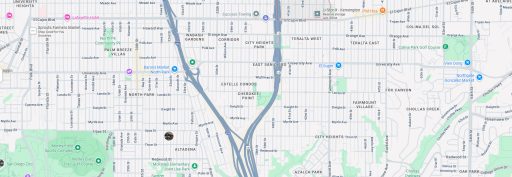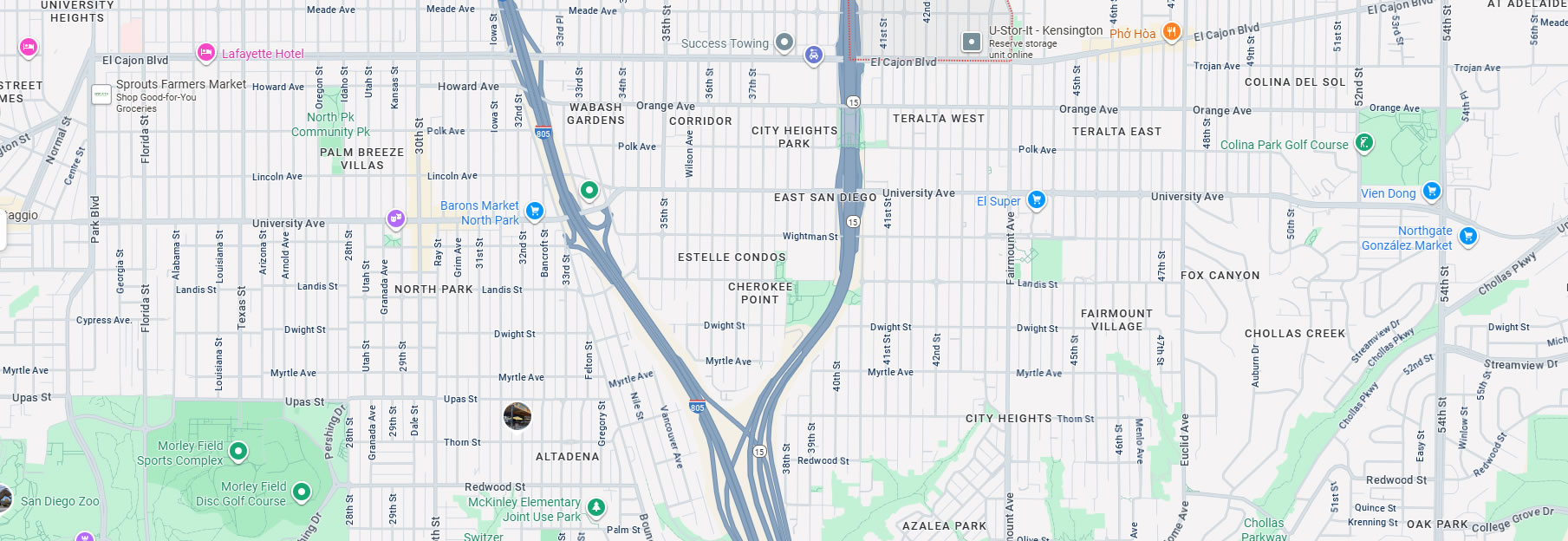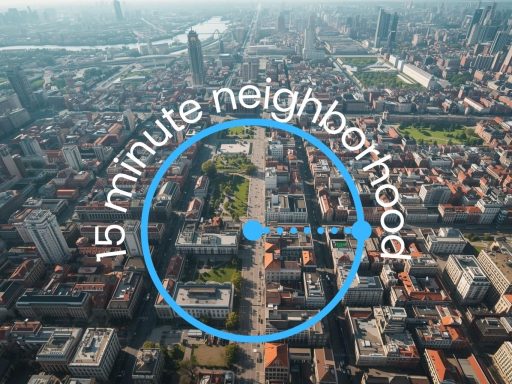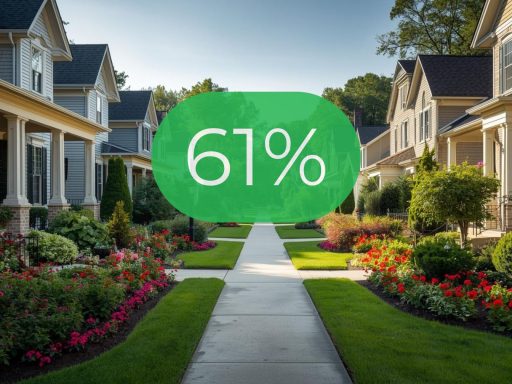For more than a decade, Google Maps API has been the gold standard for integrating maps into websites and applications. It’s familiar, powerful, and widely supported — but it’s not always the perfect fit. Rising costs, usage limits, rigid pricing tiers, and limited customization options have led many developers and businesses to explore other mapping solutions. And with Google recently removing its long-standing $200 monthly free credit, even smaller projects now face unexpected costs as they grow out of the free tier.
If your application relies on location services — whether for real estate, rentals, logistics, travel, or e-commerce — it’s worth knowing that there are strong alternatives that can deliver comparable features (and sometimes even more flexibility) without locking you into Google’s ecosystem.
Here are five of the best Google Maps API alternatives in 2025 — from affordable, developer-friendly solutions to powerful enterprise-grade platforms — and why each could be a better fit for your next project.
1. Mapbox – Powerful Customization and Modern
Mapbox is one of the most widely used alternatives to Google Maps, known for its powerful customization capabilities and beautiful, fast-rendering vector maps. Developers love Mapbox because it allows them to style maps exactly the way they want — from minimalist base layers to detailed data-rich overlays — without compromising performance.
Mapbox also supports real-time updates, offline functionality, and advanced features like navigation and geolocation tracking. Its flexible pricing model is often more predictable and affordable than Google’s, especially as your usage scales.
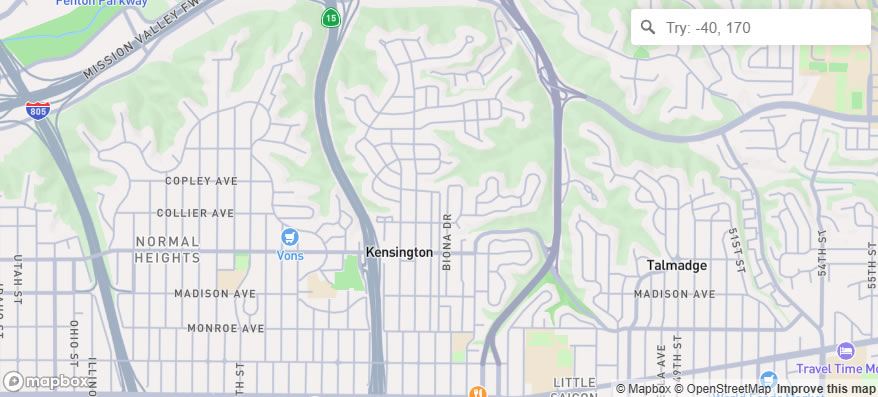
Why Mapbox is a great alternative:
-
Highly customizable vector maps with full control over design and style
-
Extensive SDKs and APIs for web and mobile platforms
-
Strong performance with real-time and offline capabilities
-
Often more cost-effective at higher usage levels
-
Large developer community and robust documentation
Best for: Apps and websites that require heavy customization, brand-specific styling, and advanced map features.
2. ArcGIS Platform by Esri – Enterprise-Level Mapping and Spatial Intelligence
If you’re looking for a Google Maps alternative with advanced geospatial capabilities and enterprise-grade power, ArcGIS Platform by Esri is one of the most comprehensive options available. It’s significantly more expensive than other mapping APIs, but that’s because it offers far more than just maps — it delivers a full suite of tools for spatial analysis, advanced visualization, real-time data integration, and geospatial intelligence.
ArcGIS is widely used in government, logistics, real estate, utilities, and large enterprise applications. It supports everything from simple interactive maps to complex geospatial analytics, location-based modeling, and predictive insights. While the pricing may be overkill for smaller projects, for organizations that rely heavily on geospatial data and precision, ArcGIS is in a league of its own.
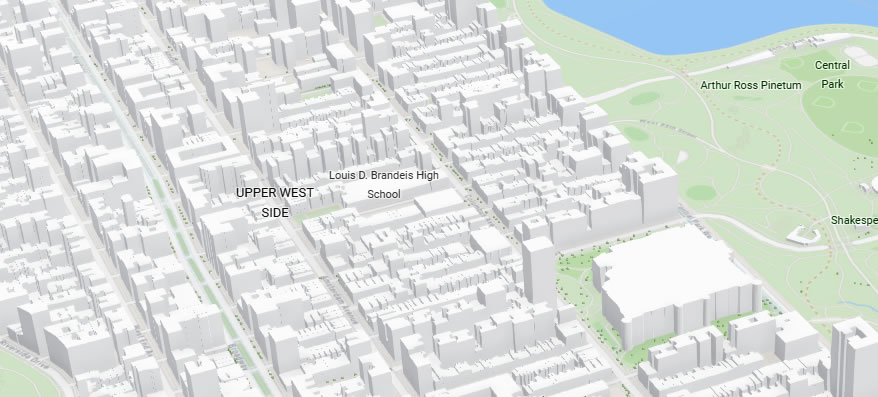
Why ArcGIS stands out:
-
Advanced spatial analytics, predictive modeling, and geoprocessing
-
Real-time data layers, demographic overlays, and detailed basemaps
-
Highly customizable and scalable for enterprise environments
-
World-class support and robust documentation
-
Trusted by government agencies and Fortune 500 companies
Best for: Enterprises, government agencies, and companies that need advanced geospatial capabilities, predictive modeling, or highly detailed spatial data — well beyond basic map rendering.
3. Proximitii Maps – Customizable, Affordable, and Developer-Friendly
If cost, flexibility, and ease of customization are top priorities, Proximitii Maps is a strong alternative to Google Maps that’s quickly gaining traction. Designed to deliver all the core mapping features developers need — without the complexity or high costs of larger platforms — Proximitii Maps is ideal for companies that want more control over their map experience.
One of its biggest advantages is pricing. Proximitii Maps is built to be more budget-friendly and predictable than Google’s usage-based model, making it a smart choice for projects with significant map loads or rapid growth. It also offers a variety of map styles and themes, allowing you to tailor the look and feel of your maps to match your brand or user experience.
For developers who want more design freedom, Proximitii Maps supports custom map styling, flexible overlays, and easy integration with a wide range of applications. It’s built with scalability in mind, so it can grow with your product without creating unexpected costs.
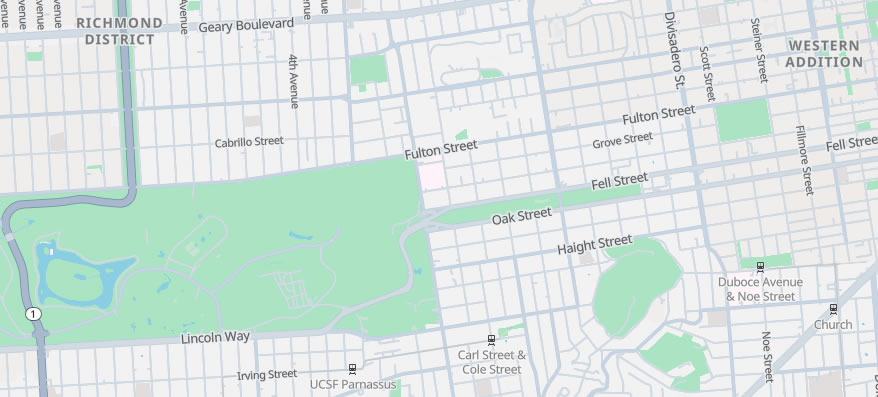
Why Proximitii Maps stands out:
-
More affordable pricing structure than Google Maps
-
Multiple base styles and design options out of the box
-
Fully customizable maps to match your brand and use case
-
Simple integration and developer-friendly documentation
-
Scalable for both small projects and large platforms
Best for: Real estate platforms, SaaS products, and startups that want full control over design and pricing without sacrificing quality.
3. CARTO – Location Intelligence Meets Mapping
CARTO is a powerful alternative to Google Maps that combines high-quality mapping with advanced location intelligence and geospatial analytics. While it’s more expensive than many other options, CARTO is built for companies that want to go beyond basic map rendering and turn location data into actionable insights.
CARTO provides APIs and SDKs for map rendering, geocoding, and visualization, but its real strength lies in its data science and spatial analysis capabilities. It allows you to integrate and analyze massive datasets, perform spatial joins, and visualize patterns like demographics, movement, or business performance directly on the map. That makes it especially popular in industries like real estate, retail, logistics, and urban planning.
Its mapping tools are fully customizable and can integrate seamlessly with cloud platforms like Google BigQuery, Snowflake, and AWS. CARTO’s enterprise plans come with dedicated support, premium datasets, and advanced visualization features that go far beyond what standard mapping APIs offer.

Why CARTO stands out:
-
Combines mapping with advanced spatial analysis and location intelligence
-
Fully customizable maps and data visualizations
-
Seamless integration with major cloud data platforms
-
Access to premium third-party datasets for deeper insights
-
Scalable, enterprise-grade infrastructure and support
Best for: Companies that want mapping and spatial analytics in one platform — especially in real estate, logistics, retail, or any industry where location data drives strategic decisions.
5. TomTom Maps – Trusted Navigation and Real-Time Traffic
TomTom, a long-time leader in navigation technology, has evolved into a strong competitor in the mapping API space. Its APIs provide accurate geolocation, route planning, and traffic data, with a focus on real-time conditions and navigation accuracy.
TomTom’s platform integrates seamlessly into web and mobile applications and is particularly strong for apps focused on transportation, delivery, and route optimization. While it may not offer the same depth of customization as Mapbox or Proximitii, it’s a dependable choice for navigation-first use cases.
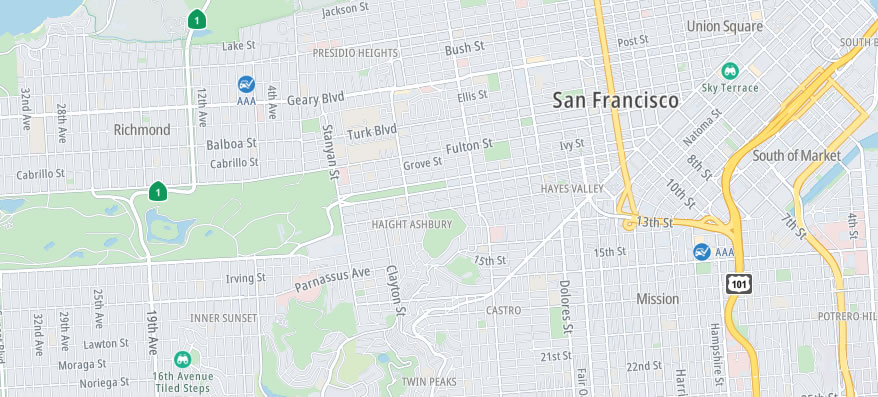
Why TomTom remains a top contender:
-
Highly accurate real-time traffic and routing data
-
Trusted global coverage and navigation reliability
-
Strong APIs for geocoding, search, and routing
-
Scalable for apps of any size
Best for: Delivery, logistics, and ride-sharing platforms that rely on real-time traffic and navigation data.
Pricing Breakdown: Google Maps vs. Top Alternatives
| Map Loads | Mapbox | Proximitii | |
|---|---|---|---|
| 100,000 | $700 | $250 | $200 |
| 200,000 | $1,260 | $650 | $375 |
| 500,000 | $3,000 | $1,550 | $775 |
| 750,000 | $4,000 | $2,300 | $1,150 |
| 100,0000 | $5,000 | $3,050 | $1,525 |
*Some mapping platforms do not publicly disclose their full pricing details or offer usage-based pricing that varies depending on scale, features, and support levels. The pricing information provided here is based on publicly available data and may change over time. For the most accurate and up-to-date pricing, it’s best to contact each provider directly.
Choosing the Right Google Maps Alternative
The best alternative to Google Maps depends entirely on your use case, budget, and customization needs:
-
Choose Mapbox if you need highly stylized, developer-focused maps.
-
Choose CARTO if deep spatial analytics and data-driven mapping are priorities.
-
Choose Proximitii Maps if you want a more affordable, customizable mapping solution that scales with your needs.
-
Choose HERE Maps for enterprise-grade performance and advanced routing capabilities.
-
Choose TomTom if real-time navigation and traffic data are central to your product.
While Google Maps remains a strong option, it’s no longer the only one — and in many cases, these alternatives offer more control, lower costs, and greater flexibility. Whether you’re building a next-generation real estate platform, a delivery service, or a location intelligence tool, one of these solutions may be the perfect fit for your project.

